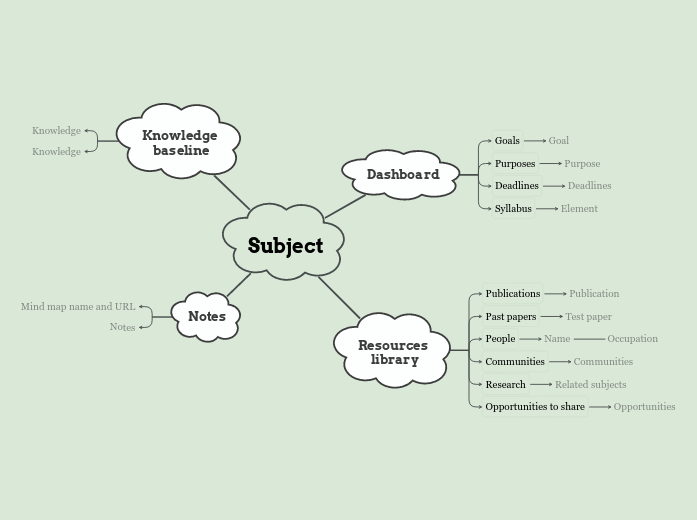Character Name
Who is your character?
Type in the name of the character you are going to analyze.
Character Type
Type of Character
What is the character's role in the story?
Examples:
- Protagonist: the main character in a literary work
- Antagonist: the main character that opposes the protagonist in a literary work
- Flat character: reveals only one or two personality traits, and the trait(s) does (do) not change
- Round character - a well-developed character who demonstrates varied and sometimes contradictory traits
Explain the role played by the character
Type in one or two sentences.
Example: Jake Kersey is now a private detective on the trail of art theft criminals. At the beginning of the story, Jake was presented as one of the most prolific art thieves of his generation. In this case, Jake is a round, dynamic character.
Defining moments
Moment
What were the events that affected the character's evolution the most?
Example:
- marriage
- birth of their first child
- death of a family member
- beginning of the war
- separation
Explanation
Type in a short explanation to emphasize the importance of each particular moment you listed.
Example:
'Collin left childhood and became a real man at age 11. That is when his father left to war leaving him in charge of his mother and 4 little sisters.'
Personal impression
Impression
What do you feel about the character?
Type in the answers.
Indirect characterization
Indirect characterization
The writer can also reveal his character's personality by presenting the character's thoughts, words, actions, and also the way other characters relate to them.
Effects on others
How do other characters react in your character's presence?
Type in a relevant quote.
Example: 'Anna is my best friend and the kindest person I have ever met. There is nothing I wouldn't do for her. At times, I feel I love her more than my own sister.'
Looks
What is the character's appearance?
How are their clothes? Is he/she elegant? Type in a quote that reveals the character's looks.
Example: 'You must think I am insane spending so much on this, but it's a gorgeous dress. I think it's the best silk I have ever seen. And the color...Is it pink or magenta? I can never tell. I'll wear it with my pearls and diamonds necklace.'
Actions
What does the character do?
Type in a quote.
Example: 'I'm sorry Miss Klein, but this seat is taken! said Willie, as he pushed the old lady aside, crushing her dandelions.'
Thoughts
What are the character's private thoughts?
Type in a quote that reflects the character's way of thinking.
Example: 'I was looking at all those expensive gifts, but all I could think of was that poor old man I talked in the afternoon. When was the last time he had a decent meal? If I sold all my fancy clothes, how many loaves of bread and cans of milk could I buy him?'
Speech
What does your character say?
Type in a quote that shows the way the character's speech reflects their personality.
Example: 'You're an obnoxious little shaver, aren't you? Go clean those filthy hands at once! shouted Mrs. Greyjoy.'
Direct characterization
Direct characterization refers to the process by which the writer tells the audience about the personality and looks of its character.
Example from text
What does the writer tell you about the character's personality and looks?
Add several quotes that support the direct characterization of your character. Look for descriptive adjectives, phrases or epithets.
Example: The little girl was wearing a burgundy silk dress, with black stockings. Her hair was like fire but tamed in a pony tale. Although young, she had such mature presence.'
Literary Work
Name and Genre
What is the name and genre of the literary work in which the character appears?
Examples:
- Novel: The Great Gatsby by F. Scott Fitzgerald
- Poem: The Raven by Edgar Allan Poe
- Drama: Macbeth by William Shakespeare








